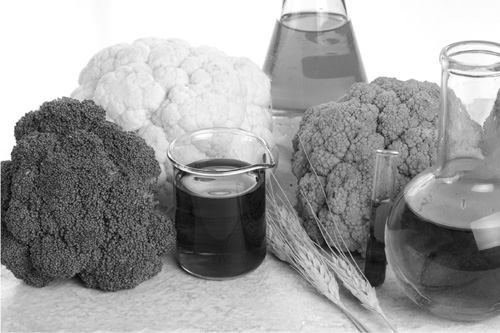Biology in the LaboratoryBiotech Labs and Food |
How widespread is the use of GMO crops all over the world? |
As of 2002, more than 120 million acres (40 million hectares) of fertile farmland were planted with GMO crops. The acreage is confined to four countries: United States (containing 68 percent of the total acreage), Argentina (22 percent), Canada (6 percent), and China (3 percent). In 2012, GMO crops grew on about 420 million acres of land in twenty-eight countries worldwide, a record high according to the International Service for the Acquisition of Agri-biotech Applications, an industry trade group. Thus it is estimated that the area of land devoted to genetically modified crops has ballooned by one hundred times since farmers first started growing the crops commercially in 1996. Over the past seventeen years, millions of farmers in twenty-eight countries have planted and replanted GMO crop seeds on a cumulative 3.7 billion acres of land—an area 50 percent larger than the total land mass of the United States, the group adds. But in about thirty other countries around the world, including Australia, Japan, and all of the countries in the European Union, the production of GMOs has significant restrictions or outright bans—mostly because they have not been proven to be safe.

The modern farm industry in some countries like the United States have produced Genetically Modified Organisms, such as these vegetables, that they hope will resist disease and survive better in bad weather. However, there are concerns that GMOs might not be healthy for us.
